Table of Contents
Introduction
Dive deep into the heart of our planet’s chronicle, a tale as old as time itself. Planet Earth’s Epic Tale: Billion-Year Resilience Amidst Cosmic Chaos & Climate Crises not only journeys through eons of Earth’s existence but also uncovers its innate power to rise above adversities.
From the fiery formation stages to the pulsating rhythm of life’s ebb and flow, our planet has been the ultimate survivor in the grand theater of the universe. But why, amidst countless cosmic and climatic catastrophes, has Earth persistently pushed forward? As environmental stewards and curious souls, it’s pivotal for us to understand this resilience.

This narrative doesn’t just reminisce about the past; it draws parallels to our current climate crises, offering a beacon of hope and a call to action. For Earth’s story is not just of its own endurance, but a testament to the interconnectedness of all its inhabitants. Join us on this enlightening journey, as we traverse from Earth’s tumultuous past to its uncertain, yet hopeful, future.
Earth’s Timeline: Resilience, Recovery, and Future
Ever pondered about Earth’s immense history? From its fiery formation over 4.54 billion years ago to its present state, our planet has undergone transformational changes that are nothing short of awe-inspiring. This history is not just about geological shifts and tectonic movements; it is a story of resilience, recovery, and constant renewal. Imagine a world where continents shift and merge, where life emerges and evolves, and where environmental conditions swing between extremes, yet a delicate balance is maintained over eons.
If Earth could talk, it would tell a gripping tale, akin to an epic saga with its share of intense drama, calamities, revivals, and triumphs. It would narrate how it nurtured life in the harshest conditions, healed after catastrophic events, and adapted to sustain countless diverse species.
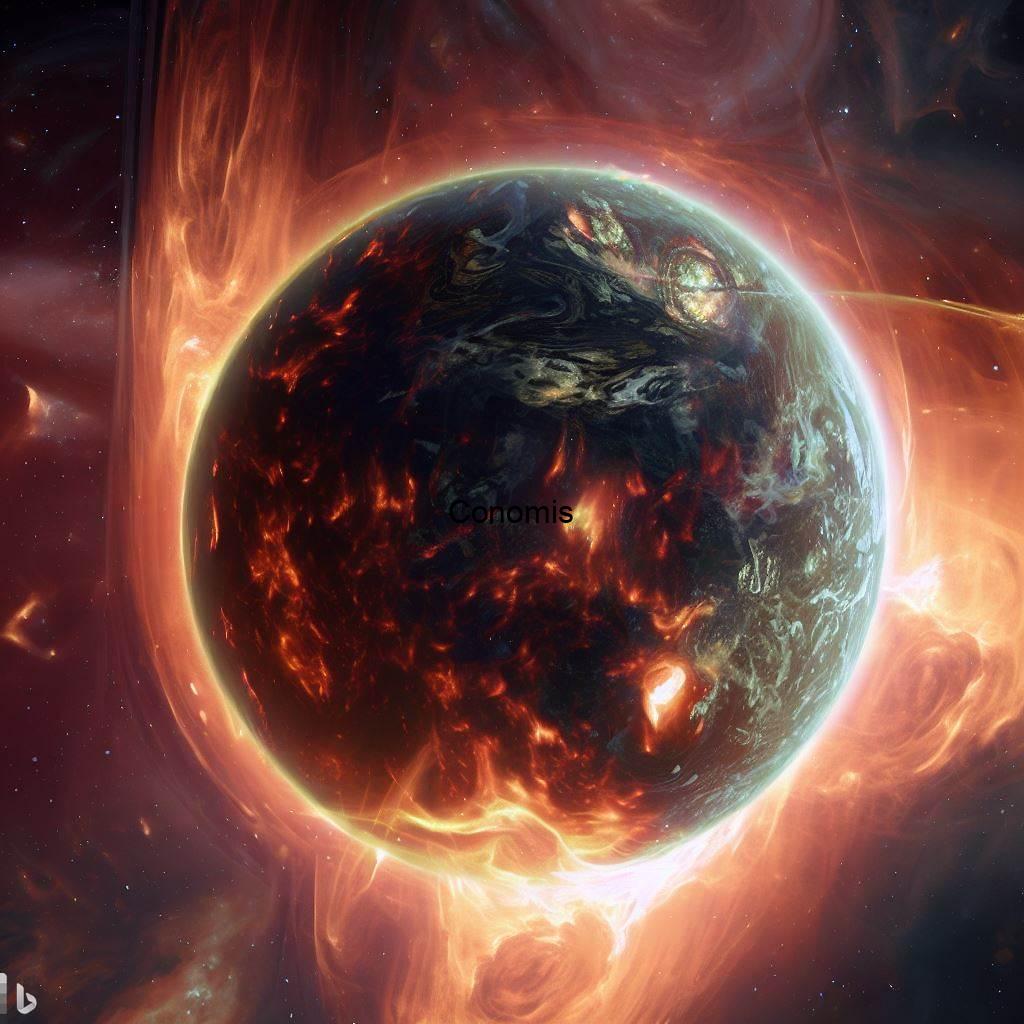
Now, let’s embark on a time-traveling journey—an expedition that takes us back billions of years and also propels us into possible futures. Together, we’ll unravel the secrets of our home planet’s intriguing past, explore the innate power it holds to regenerate and recover, and envision the future that awaits it. A future, that is not only Earth’s but intrinsically tied to our own as well.
Formation of Earth
The First Billion Years
The journey of our planet, Earth, traces back to a time of cosmic infancy. Amidst the vastness of the universe, approximately 4.54 billion years ago, a spectacular event unfolded. From the intricate dance of gas and dust, gravitating around a burgeoning Sun, Earth began to form. To truly grasp the magnitude of this timeline, consider this staggering fact: our Earth’s formation happened when the universe was just a third of its current age!

However, the nascent Earth looked nothing like the serene blue globe we now inhabit. Instead, imagine a realm seething with fiery intensity. A molten orb engulfed in relentless heat and chaos, battling its way through cosmic adversities. This tumultuous, fervent period signifies Earth’s primeval phase, setting the stage for the countless transformations that would follow in its vast history.
Key Events in Earth’s History
Our Earth, a celestial marvel, has borne witness to an array of transformative events throughout its vast timeline. From the dramatic impacts of colliding celestial bodies to the ferocious eruptions of volcanoes that painted the skies with ash and magma, our planet has experienced a myriad of challenges. Further adding to this list are the restless tectonic plates, whose ceaseless movements have reshaped the very face of Earth time and again.

Yet, what’s truly astounding is Earth’s indefatigable spirit. Despite facing such cataclysmic events, it has consistently demonstrated an uncanny ability to bounce back, to heal, and not just survive, but to flourish with even greater vitality. But what’s the secret behind this remarkable resilience? Why, amidst such upheavals, does Earth continue to thrive? It’s a question that beckons us to delve deeper into Earth’s history, to understand its core essence and the forces that drive its continuous evolution.
Earth’s Inherent Power to Recoup
Our planet, often affectionately termed as ‘Mother Earth’, is far more than just a silent observer amidst the vast expanse of the cosmos. Contrary to the notion of it being a mere passive entity, adrift in space, Earth pulsates with life, dynamism, and an innate vigor.
Mother Earth is reminiscent of a phoenix, possessing an inherent ability to rise from ashes, heal from wounds, and regenerate with renewed vigor. Its landscapes, scarred by natural calamities or shaped by external cosmic forces, have a remarkable propensity to recover, rejuvenate, and return to equilibrium.

From dense forests that reclaim abandoned urban sprawls to water bodies that cleanse themselves over time, the planet showcases its relentless drive for balance and restoration. This incredible power of recuperation isn’t just a testament to Earth’s resilience, but it also serves as a beacon of hope for all its inhabitants. Knowing that our home has the capacity to mend itself inspires optimism for our future, and a deep reverence for the world we inhabit.
Past Recovery Stories
Throughout its expansive chronicle, Earth has encountered myriad adversities that would seem insurmountable to any observer. From colossal meteor impacts to devastating ice ages, our blue orb has been tested time and again, pushing it to the very precipice of its existence.
Yet, in the face of these overwhelming challenges, Earth’s response has been nothing short of remarkable. Just when it appeared that the planet was teetering on the edge, it showcased an unparalleled resilience. Like a seasoned warrior rising after every fall, the Earth found ways to adapt, rejuvenate, and emerge even more vibrant than before.

Take, for example, the aftermath of asteroid impacts that led to mass extinctions. While these events undeniably caused catastrophic loss of life, they also paved the way for new species to evolve and flourish. Similarly, after volcanic eruptions or ice ages, Earth’s ecosystems adapted, diversified, and thrived in the new conditions.
These recovery stories are not mere tales of survival, but rather sagas of rebirth and renewal. They serve as poignant reminders that our planet, though vulnerable in moments, possesses a deep-seated strength and a boundless capacity to heal and regenerate.
The Great Oxygenation Event
Journeying back in time, roughly 2.4 billion years ago, our planet was at the cusp of a groundbreaking transformation. The Earth’s atmosphere, which had been dominated by methane, ammonia, and other noxious gases, was about to undergo a monumental change. The catalyst? Microscopic organisms known as cyanobacteria.
These tiny life forms began an intricate process of photosynthesis. As they absorbed sunlight and converted it into energy, they started to release a byproduct that was relatively unfamiliar to the Earth’s ancient atmosphere: oxygen. This seemingly simple act set in motion a series of changes that would forever alter the course of our planet’s history.

The continuous release of oxygen by these microorganisms gradually turned the once-toxic atmosphere into a breathable one. This change was not without its challenges, as the increased oxygen levels led to the extinction of many anaerobic organisms. However, this very shift also laid the groundwork for the evolution of complex life forms that thrive in oxygen-rich environments.
Imagine a world transitioning from an inhospitable, toxic environment to one that teemed with the promise of life as we know it! The Great Oxygenation Event is a testament to Earth’s ever-evolving nature and the profound impact that even the tiniest of its inhabitants can have on its vast ecosystem.
The Ice Ages
Across the vast timeline of Earth’s history, there have been periods marked by extreme cold, when enormous sheets of ice expanded across continents, drastically reshaping landscapes and ecosystems. These epochs, commonly known as ice ages, have presented our planet with some of its most formidable challenges, encapsulating vast territories under thick, unforgiving blankets of ice and snow.
These glacial expansions were not fleeting events; they persisted for millennia, making it seem as if the world had permanently donned a frozen cloak. During these frigid times, many species had to adapt to the severe cold or face extinction. Migration patterns shifted, survival strategies evolved, and the very fabric of life on Earth underwent a transformation.
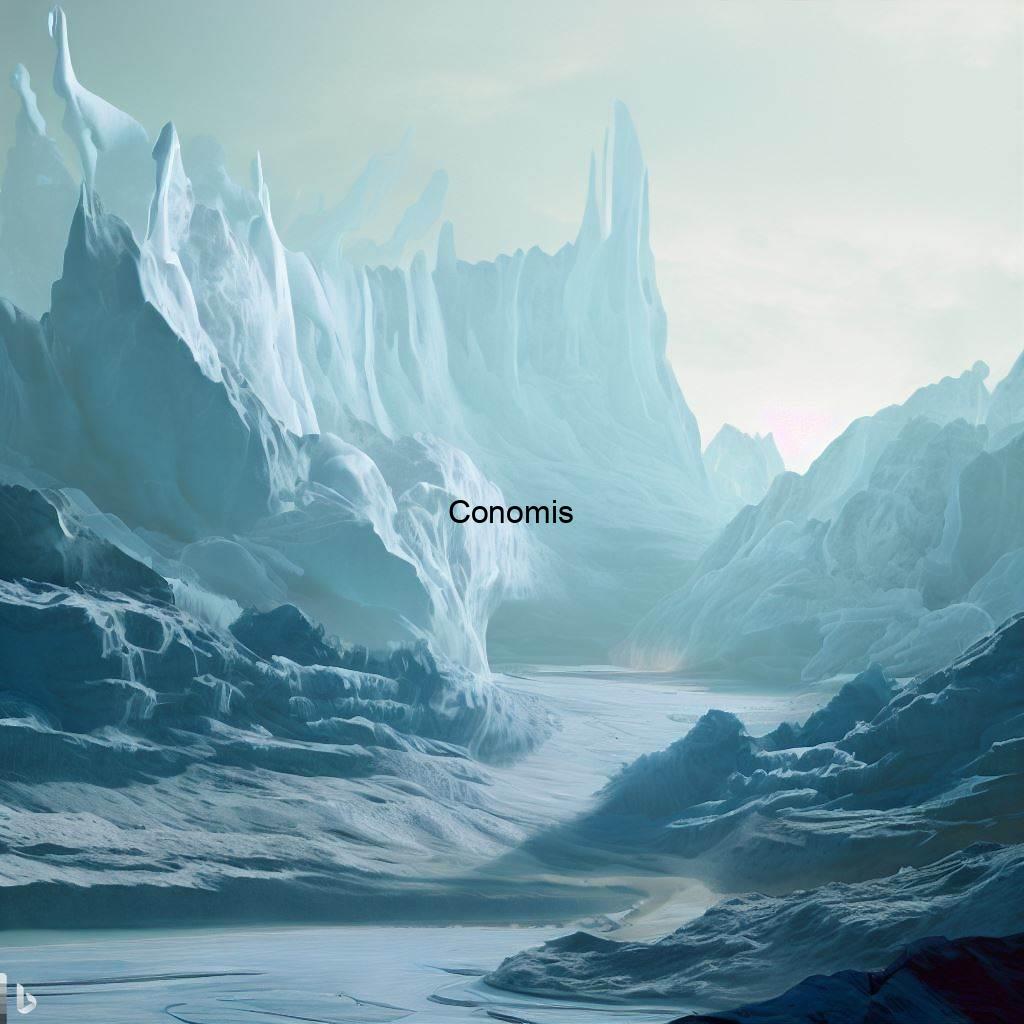
Yet, Earth’s inherent resilience shines through even these icy tales. Inevitably, after enduring prolonged periods of cold, the planet embarked on cycles of warming. As temperatures gradually rose, the colossal ice sheets began their slow retreat, melting away and revealing the land beneath. Rivers flowed anew, forests sprang back to life, and the once-frozen world saw a resurgence of biodiversity and vitality.
The ice ages serve as potent reminders of Earth’s dynamic nature, its ability to undergo extreme changes, and, most importantly, its indomitable spirit to revive and thrive against all odds.
Predictions: Will Earth Destruct?
Throughout human history, the enigma of our planet’s fate has captured our collective imagination. Philosophers, scientists, and thinkers have pondered, discussed, and hypothesized about the ultimate destiny of Earth. Numerous theories have emerged, painting scenarios of cataclysm and apocalypse.
Foremost among these predictions is the threat of asteroid impacts. We have evidence from Earth’s past, where massive celestial bodies collided with our planet, leading to extensive damage and mass extinctions. Such events remind us of our vulnerability within the vast cosmic playground, where rogue asteroids could once again alter our planet’s trajectory.
Then there are the fears centered around our very life source: the Sun. Solar flares, those intense bursts of radiation, have the potential to disrupt our planet’s atmosphere, potentially leading to devastating climatic changes. Moreover, the Sun itself is on a life cycle. In billions of years, as it exhausts its fuel, it will expand into a red giant, potentially engulfing the inner planets, including Earth.
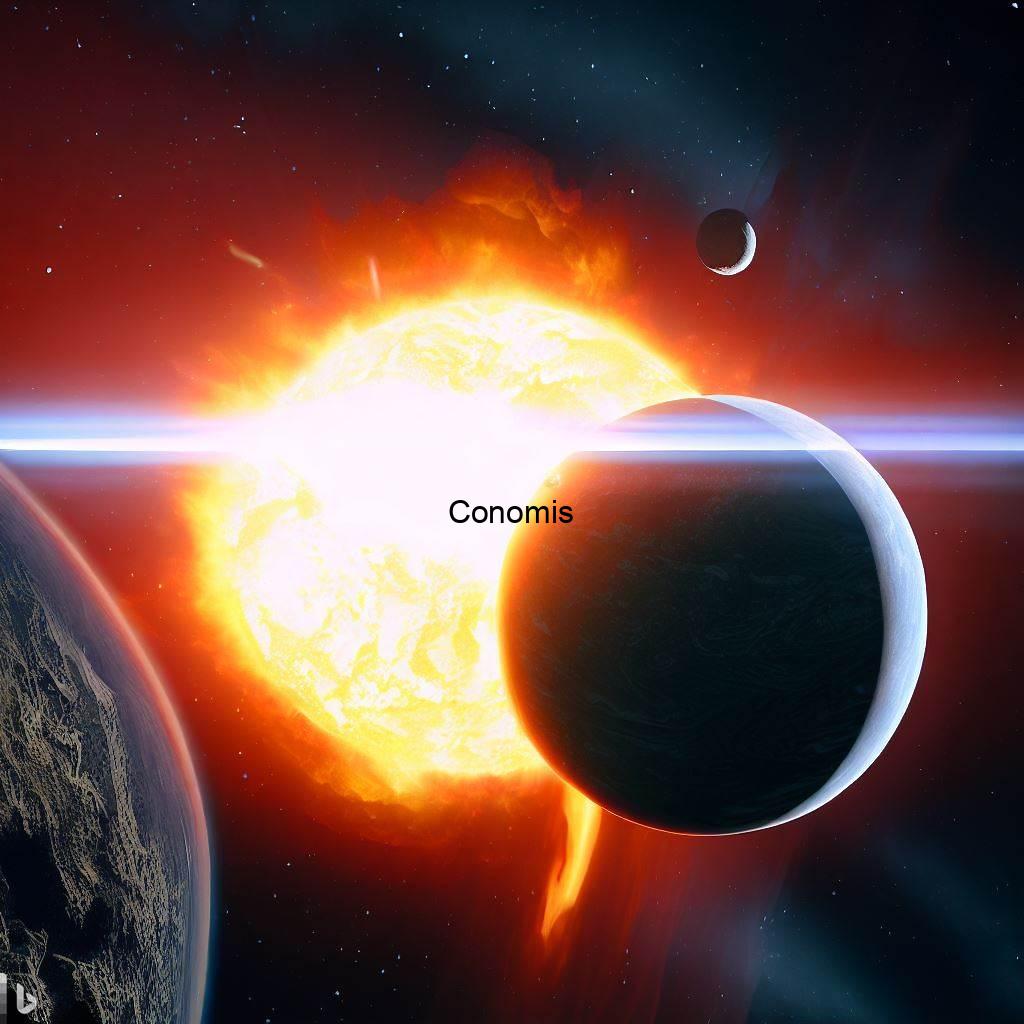
However, amidst these ominous predictions, one must ponder: Is the total destruction of Earth truly inevitable? While challenges are undeniable, our planet has showcased time and again its remarkable ability to adapt, recover, and flourish. Even in the face of potential cataclysms, Earth’s resilience and the adaptability of life forms give hope for a future, even if that future might be drastically different from what we know now.
In the vast tapestry of cosmic events, while change is certain, absolute destruction is a question that remains open-ended, a testament to the enduring spirit of our home planet.
Theories of Destruction
The fate of our planet has been a subject of intense fascination and scrutiny for both scientists and curious minds alike. Across disciplines and cultures, various theories have emerged, aiming to decode the ultimate destiny of Earth. These theories range from the rigorously scientific to the wildly speculative, each presenting a unique perspective on the endgame for our home.
At the core of scientific predictions are events like potential asteroid collisions, super-volcanic eruptions, and the ever-evolving nature of our Sun. As our star ages and undergoes its own life cycle, it will experience changes that could dramatically affect Earth’s climate and habitability. The Sun’s eventual transformation into a red giant carries implications of a scorching end for our planet.
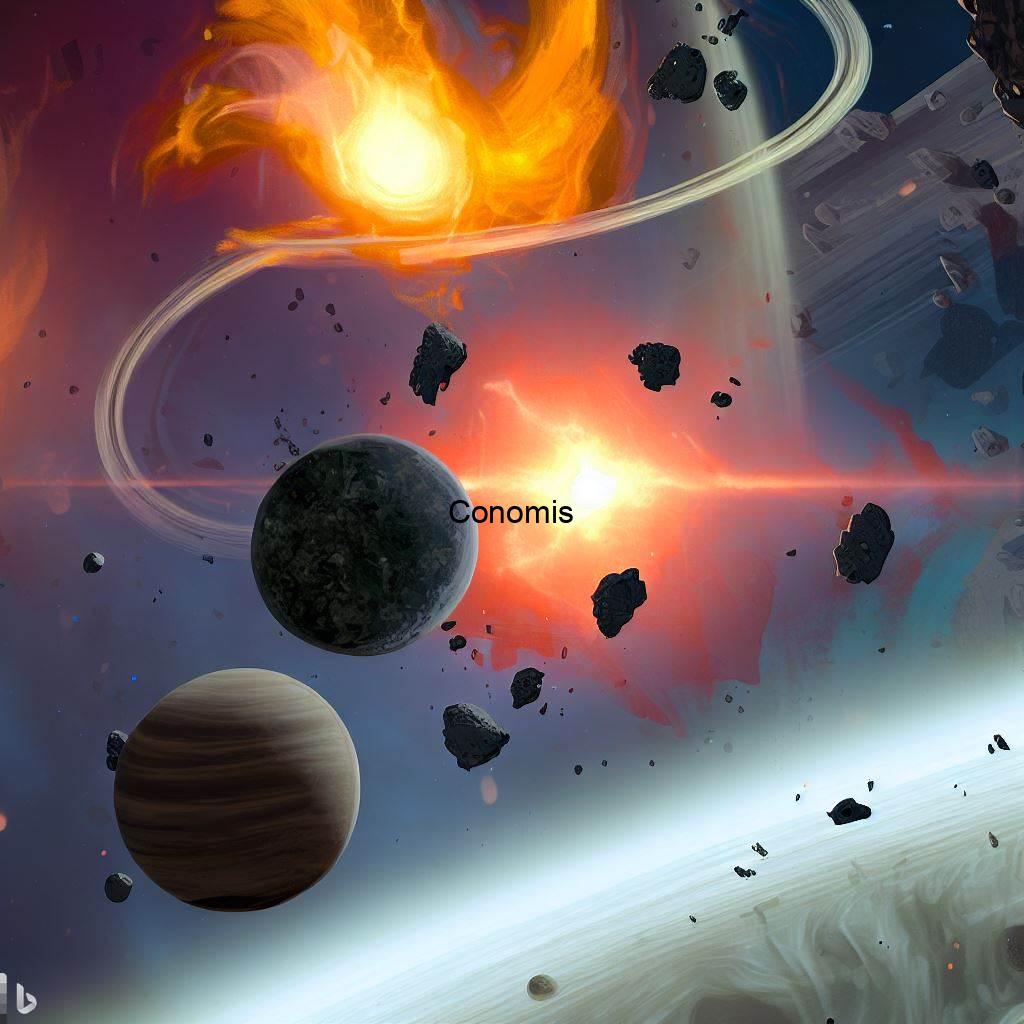
Beyond the realm of established science, speculative theories dive into more abstract concepts, such as cosmic collisions with other celestial entities, or even the intriguing but less understood idea of a universe that cyclically expands and contracts.
Yet, amidst the myriad of theories, a singular thread weaves them together: the acknowledgment that Earth, much like every entity in the cosmos, has a life cycle. Whether through natural evolution or cataclysmic events, change is the only constant in the universe. And while the exact nature of Earth’s end remains a subject of debate, the understanding of our planet’s impermanence drives our quest for knowledge and comprehension.
Earth’s Potential Recovery
The narrative of our planet is one of relentless resilience. From ancient ice ages to catastrophic asteroid impacts, Earth has weathered storms of unimaginable magnitude and yet has always found a way to rejuvenate and thrive. It’s a testament to the planet’s innate ability to heal and adapt, even in the face of seemingly insurmountable adversities.
However, as we stand in the modern era, a new element has entered this age-old story of regeneration: humans. Our rapid industrialization, technological advancements, and global population growth have undeniably left significant imprints on the planet. While we have harnessed Earth’s resources for our progress, this has often come at a cost to the environment.
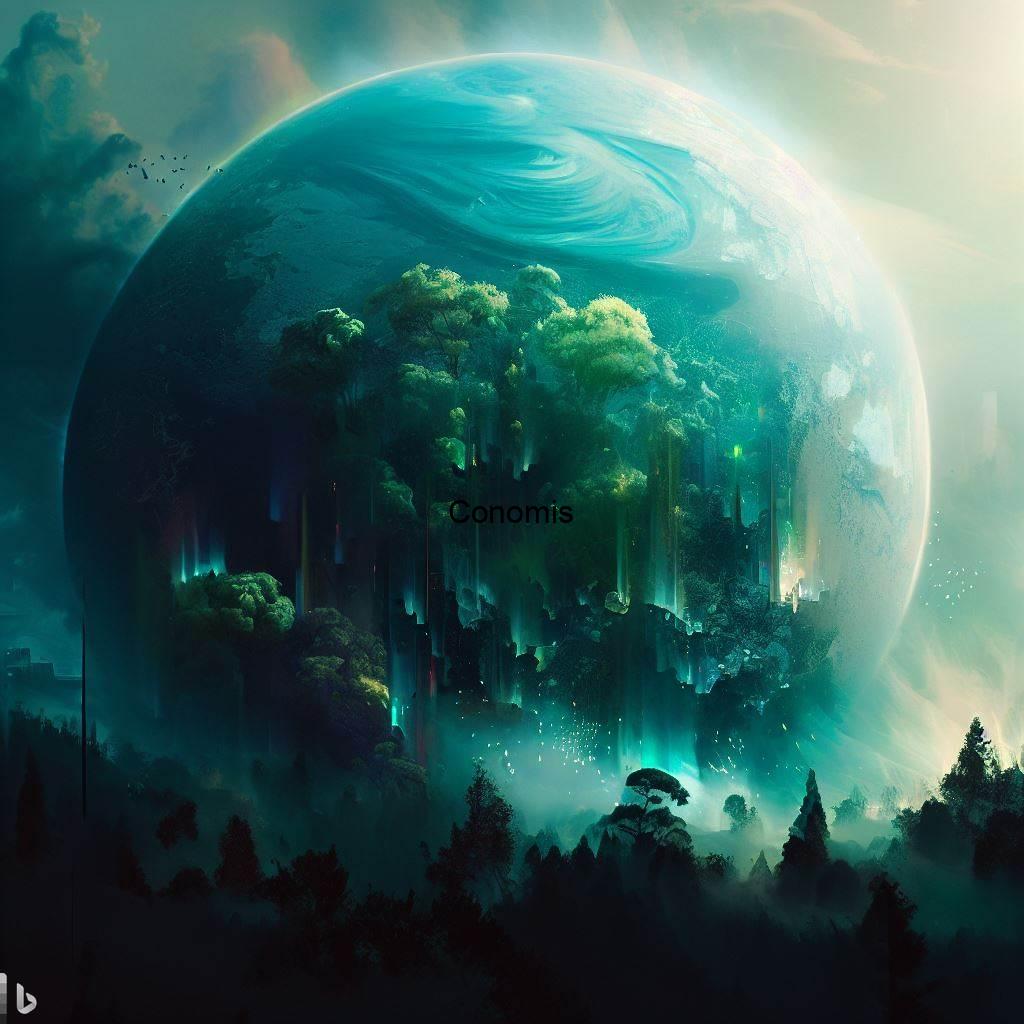
But therein lies the critical question: Can we, as the dominant species and the primary architects of recent changes, also be the stewards of Earth’s recovery? Our actions, from conservation efforts to global climate initiatives, suggest a growing awareness and commitment to ensuring the planet’s well-being.
In essence, Earth’s potential for recovery is not just a story of its inherent strength but also of our collective responsibility. As we move forward, our role in shaping, supporting, and nurturing this recovery will be pivotal. The future of our blue planet may well depend on the choices we make today.
Human Impact and Responsibility
Present Day Actions
In the vast expanse of Earth’s history, the modern era represents but a fleeting moment. Yet, the impact we’ve made in this short time is profound and unparalleled. Our actions, driven by industrialization, technological advancements, and an insatiable hunger for progress, have touched every corner of the planet, altering the very fabric of its natural systems.
Foremost among our influences is the burning of fossil fuels. This seemingly innocuous act, integral to powering our modern lifestyles, has far-reaching consequences. As we burn coal, oil, and natural gas, we release vast amounts of carbon dioxide and other greenhouse gases into the atmosphere. These gases trap heat, leading to a steady rise in global temperatures—a phenomenon we recognize as climate change. The ramifications of this are vast, affecting weather patterns, sea levels, and even the chemistry of our oceans.
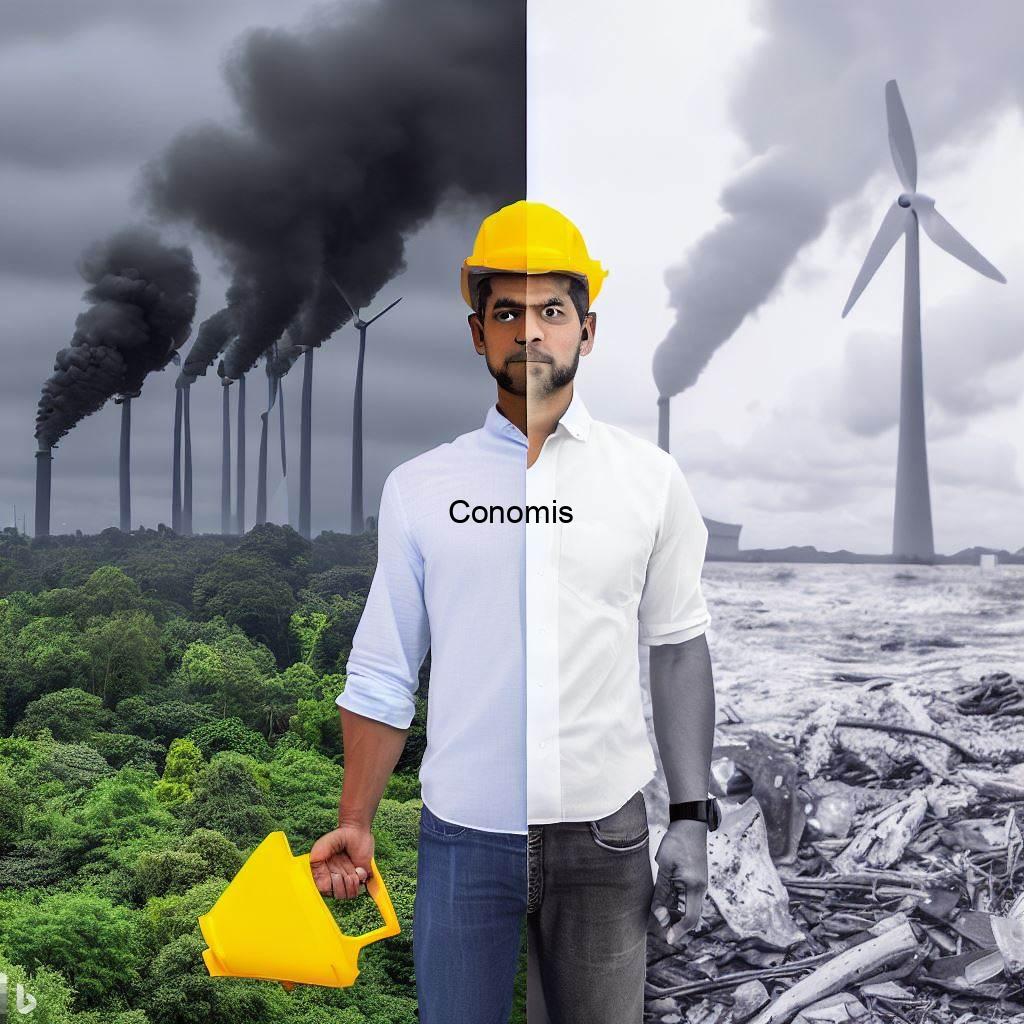
Parallelly, the relentless march of deforestation has transformed vast green expanses into barren landscapes. Forests, which once acted as the planet’s lungs, absorbing carbon dioxide and providing oxygen, are now dwindling at an alarming rate. This not only affects the climate but also leads to a loss of biodiversity, disrupting ecosystems that have existed for millennia.
In essence, our present-day actions are carving a legacy, an indelible mark that future generations will inherit. As stewards of Earth, we must pause and reflect on the trajectory we’re setting, recognizing that every choice we make today echoes in the annals of Earth’s history.
Addressing Climate Change
The challenge of climate change is arguably the most pressing concern of our era. It’s a complex, multifaceted issue that intertwines with every aspect of our lives. Yet, in the face of such a daunting challenge, there’s a fundamental truth: as the caretakers of Earth, we bear a profound responsibility to take meaningful actions against this global threat.
Transitioning to renewable energy is one of the most impactful steps we can take. The dependence on fossil fuels, with their associated greenhouse gas emissions, has long been identified as a primary driver of global warming. By shifting to solar, wind, hydro, and other sustainable energy sources, we can significantly reduce our carbon footprint. This transition not only mitigates environmental impacts but also heralds a new era of energy security and economic opportunity.
Beyond energy, the conscious conservation of resources is vital. Every drop of water saved, every piece of plastic recycled, contributes to a more sustainable future. These actions, when multiplied across communities and nations, can lead to transformative change.

Furthermore, protecting our planet’s biodiversity is not just about preserving the beauty of nature. Rich ecosystems act as buffers against climate extremes, support human livelihoods, and ensure a balanced environment.
In essence, addressing climate change is not just an environmental imperative but a testament to our commitment to future generations. Through collective action, innovation, and determination, we can, and must, pave the way for a more sustainable and harmonious world.
The Future of Earth: Hope and Uncertainties
Earth’s narrative is a magnificent tapestry of events, experiences, and epochs. From its fiery inception to its current state, our planet has undergone transformations that boggle the mind. As we gaze into the future, it’s clear that this dynamic tale will continue to evolve, carrying with it both moments of hope and shadows of uncertainty.
Drawing from Earth’s rich past provides us invaluable insights into what might lie ahead. Historical patterns, whether they be of climate shifts, tectonic movements, or ecological changes, give us a foundation to make educated projections. These patterns suggest that while change is inevitable, so too is the Earth’s remarkable ability to adapt and rejuvenate.
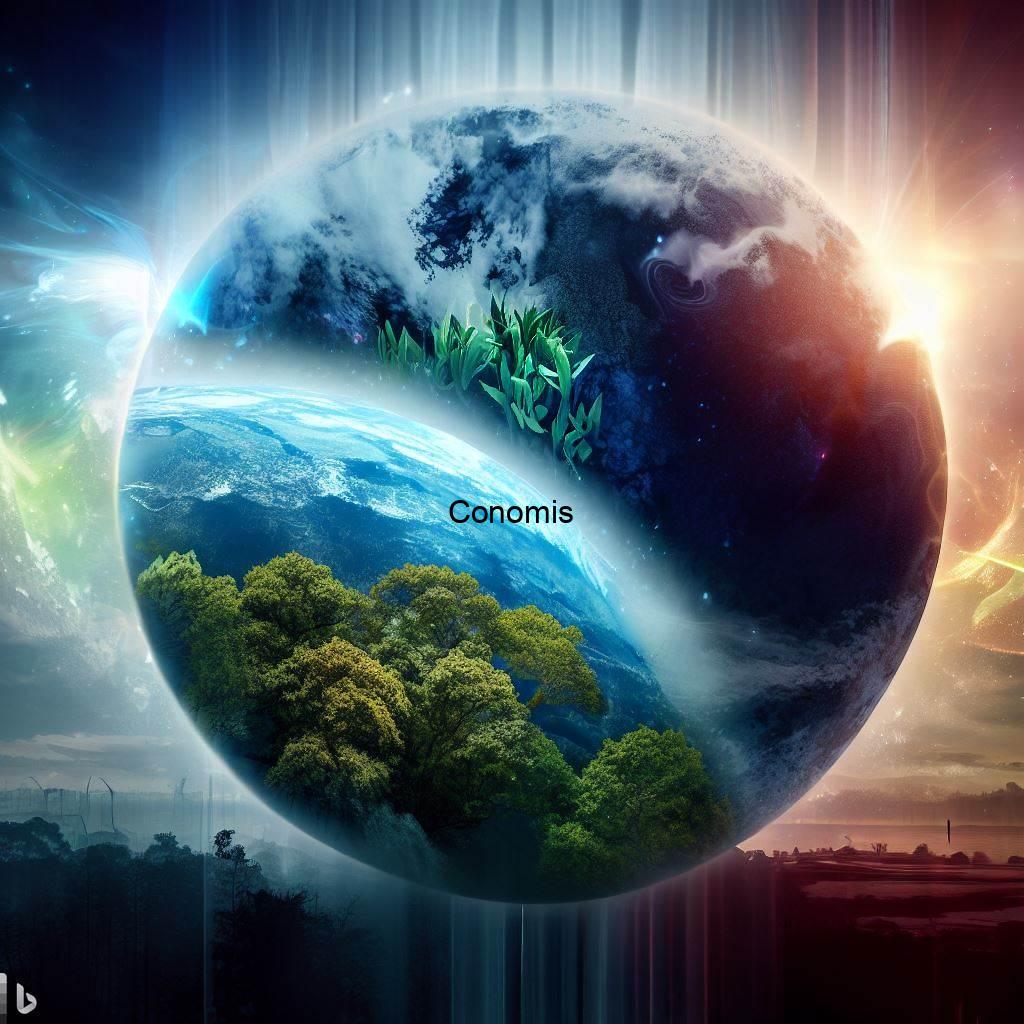
Yet, the modern era presents a unique challenge. Human influence, in the form of technological advancements, rapid industrialization, and environmental impact, has introduced variables that didn’t exist in earlier chapters of Earth’s story. This means that while history can guide us, the future remains rife with uncertainties.
Nevertheless, amidst these uncertainties, there’s a beacon of hope. Our growing understanding of the planet, combined with advancements in science and technology, empowers us to shape a future that is both sustainable and harmonious. While we cannot predict the future with absolute precision, we hold the tools, knowledge, and collective will to influence it positively.
Expected Climate Shifts
The ever-evolving nature of Earth’s climate is entering an unprecedented chapter. With human-induced changes amplifying natural processes, we are witnessing a cascade of effects that are reshaping our planet. A surge in extreme weather events, from hurricanes to droughts, stands testament to these alterations, painting a picture of unpredictability and intensity.
Rising sea levels present another tangible consequence. As polar ice melts and oceans expand due to warmer temperatures, coastal regions and island nations find themselves under threat, facing potential displacement and loss of habitat.
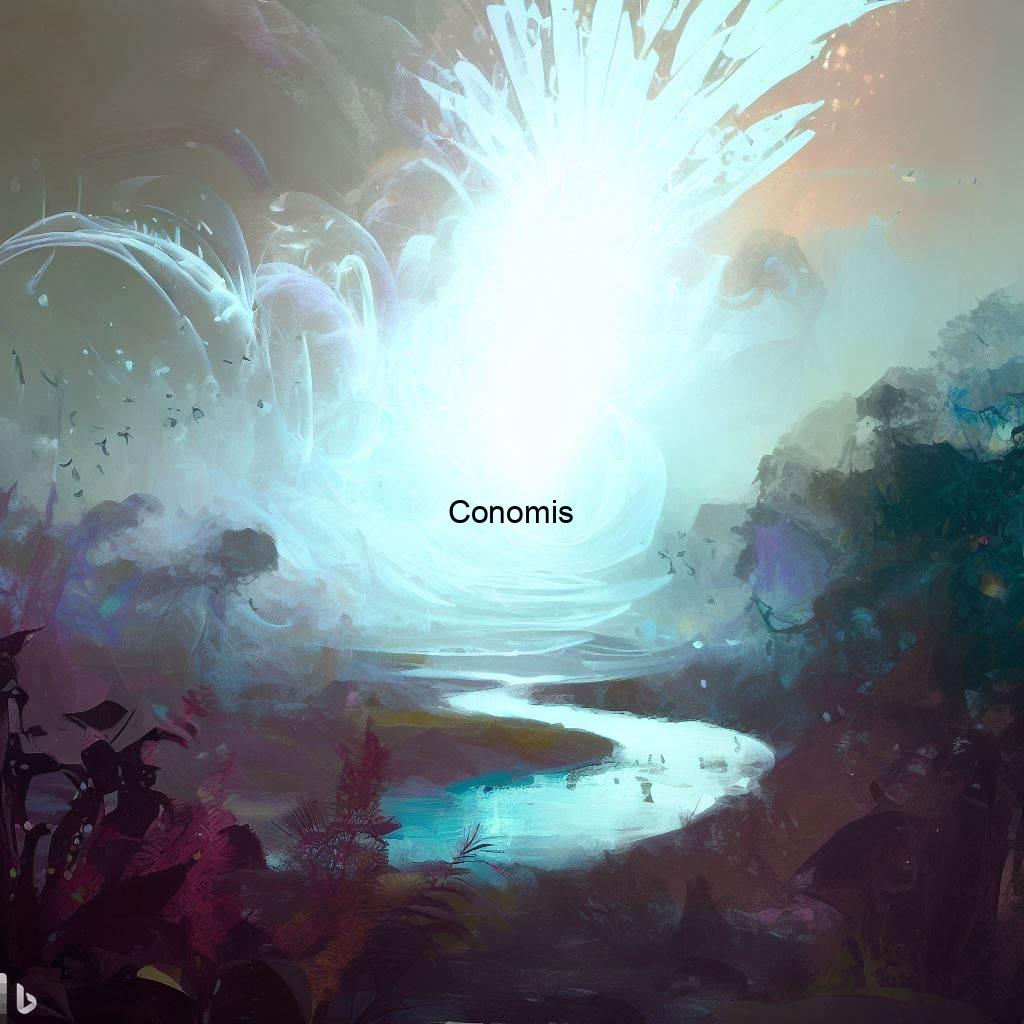
Simultaneously, delicate ecosystems are undergoing shifts, adjusting to new climatic norms. This transition raises a crucial question: Can Earth adapt to these rapid changes? While its historical resilience offers hope, the pace and magnitude of current changes challenge this adaptability. The answer lies in the delicate balance between Earth’s inherent resilience and our interventions to mitigate these shifts.
Earth’s Adaptive Capabilities
The vast and intricate history of our planet is a testament to its incredible adaptability. Time and again, Earth has faced myriad challenges, each with its potential to disrupt and reshape its landscapes, climates, and ecosystems. Yet, through each challenge, one thing remains clear: Earth’s remarkable ability to adjust and persevere.
Consider the shifts in Earth’s axis, known as axial precession. Over long periods, these shifts influence global climate patterns, playing a part in the cycles of ice ages and warmer periods. Despite the significant temperature fluctuations these bring, Earth’s systems find a balance, with life adapting and evolving in tandem.

Similarly, changes in atmospheric composition have marked several epochs in our planet’s story. A prominent example is the Great Oxygenation Event, where burgeoning lifeforms introduced oxygen to an atmosphere that had previously been devoid of it. This event transformed the planet, paving the way for more complex life forms. Yet, through such profound changes, Earth found equilibrium.
What these instances underline is the planet’s inherent resilience. It’s a dynamic entity, constantly evolving, adjusting, and finding new equilibriums. As stewards of this living planet, it becomes essential to recognize and respect this adaptability. While Earth’s capacity to adjust is formidable, it also underscores the importance of our role. By understanding and working with these natural adaptive processes, we can ensure a harmonious coexistence and a promising future for all life forms that call Earth home.
Possible Recovery Scenarios
Our planet’s history is a compelling saga of resilience and renewal. Throughout its existence, Earth has been subjected to a series of cataclysms, each potent enough to redraw the very fabric of its ecosystems. Yet, in the face of such adversities, Earth has consistently showcased an ability to recover, often in ways that surprise and awe.
One potential recovery scenario in the face of mounting climate challenges is the evolution of new ecosystems. As existing habitats face strain, new niches might emerge, fostering life forms that are adapted to these altered conditions. Over millennia, these newly evolved species could dominate landscapes, creating ecosystems very different from what we recognize today.
Another possibility lies in the Earth’s natural feedback systems. For instance, increased levels of carbon dioxide might promote the growth of certain plants and algae, which, in turn, consume more of the greenhouse gas. Over time, this could lead to a rebalancing of atmospheric compositions and stabilize climatic conditions.
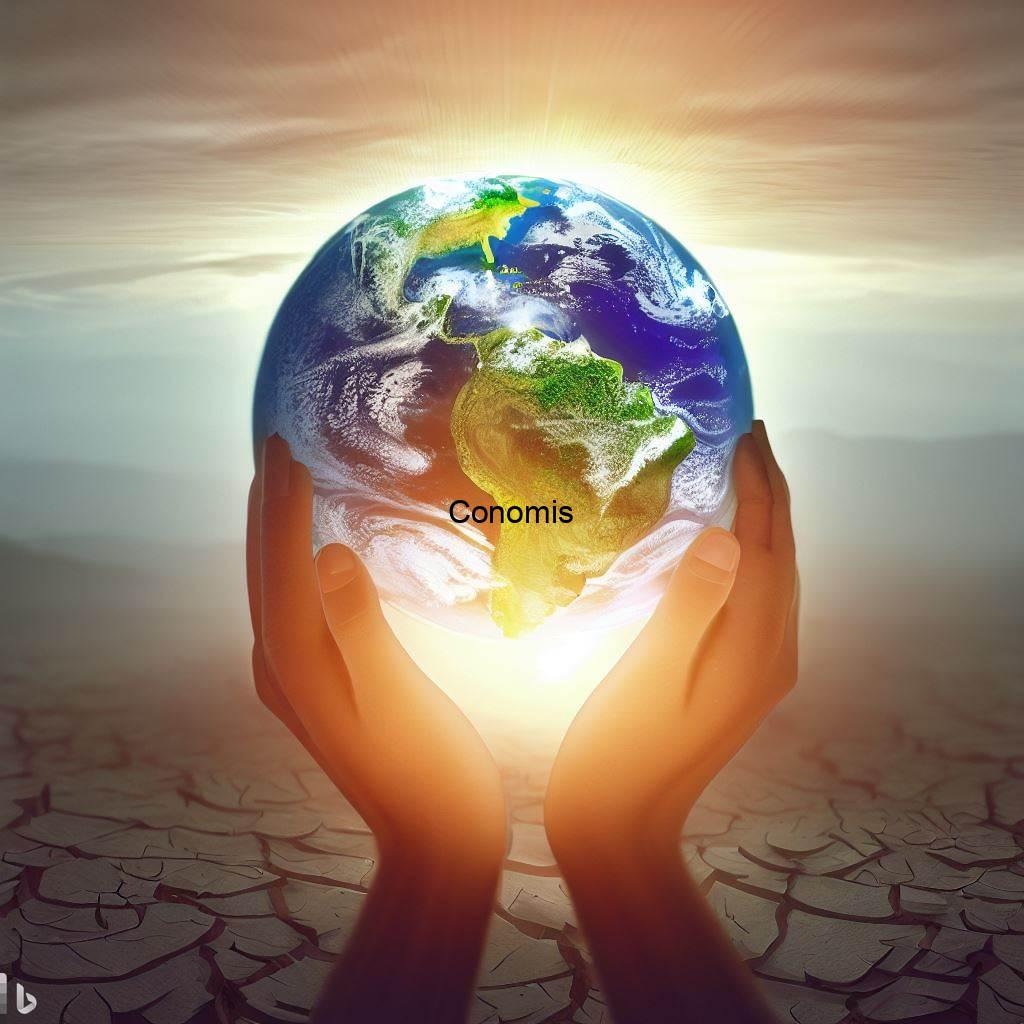
Furthermore, Earth’s geological processes, like volcanic eruptions, might play a role. While initially disruptive, they can also release particles that reflect sunlight, leading to cooling effects that counteract global warming.
Lastly, the resilience of life itself should not be underestimated. New life forms, through the process of natural selection, might emerge, tailored to thrive in the altered conditions of a changed planet.
In essence, while the challenges Earth faces are monumental, its potential paths to recovery are diverse. The key takeaway is the planet’s inherent ability to adapt and evolve, highlighting the enduring spirit of life and nature’s indomitable will to persevere.
Conclusion
The intricate tapestry of Earth’s history, spanning billions of years, serves as a powerful narrative of survival, adaptability, and resilience. This chronicle, laden with tales of cataclysmic events and epoch-making transformations, has a recurring motif: Earth’s uncanny ability to rebound and rejuvenate, even when faced with seemingly insurmountable odds.
As we look back at the myriad challenges that our planet has endured, from meteoric collisions to ice ages, what becomes evident is Earth’s inherent power to recover. Time and again, when pushed to the brink, it has orchestrated remarkable comebacks, birthing new ecosystems, fostering diverse life forms, and finding equilibrium amidst chaos. This history provides not just insight but also a beacon of hope for the challenges we currently confront.
The path forward undoubtedly has hurdles. Climate change, environmental degradation, and other anthropogenic challenges cast long shadows on our future. Yet, there’s a silver lining, rooted deep in Earth’s past. The knowledge that our planet has faced dire circumstances and has emerged stronger offers a ray of hope. It reinforces the idea that, with the right interventions and care, we might yet steer towards a brighter tomorrow.

However, this isn’t a call for passive optimism. Recognizing Earth’s resilience must go hand-in-hand with conscious, collective action. As the most dominant species on this planet, our responsibilities are manifold. By drawing lessons from the past and understanding our planet’s potential, we can inform our actions, ensuring they align with the well-being of Earth.
In the end, our relationship with Earth is symbiotic. By cherishing and safeguarding our only home, we don’t just preserve its future — we secure our own. Earth’s enduring history is not just a testament to its might but also an invitation for us to participate actively in scripting its forthcoming chapters.
FAQs
How old is the Earth compared to the universe?
Earth is about 4.54 billion years old, which is roughly a third of the universe’s age.
Has Earth always had the same climate?
No, Earth’s climate has undergone significant changes, including multiple ice ages and warm periods.
What role do humans play in Earth’s future?
Humans have a significant impact on the planet, especially in terms of climate change. Our actions can either harm or help Earth’s recovery processes.
Will Earth eventually be destroyed?
While theories suggest various end scenarios for Earth, its actual fate remains uncertain. However, Earth, like all things, has a life cycle.
Can Earth recover from severe climate changes?
Historically, Earth has demonstrated its ability to adapt and recover from extreme changes. While challenges are ahead, the planet possesses remarkable resilience.
You Can Also Read
https://opengeology.org/historicalgeology/a-brief-history-of-earth/
https://education.nationalgeographic.org/resource/age-earth/
Conomis Thoughts
![]() Copyright 2023 CONOMIS
Copyright 2023 CONOMIS

